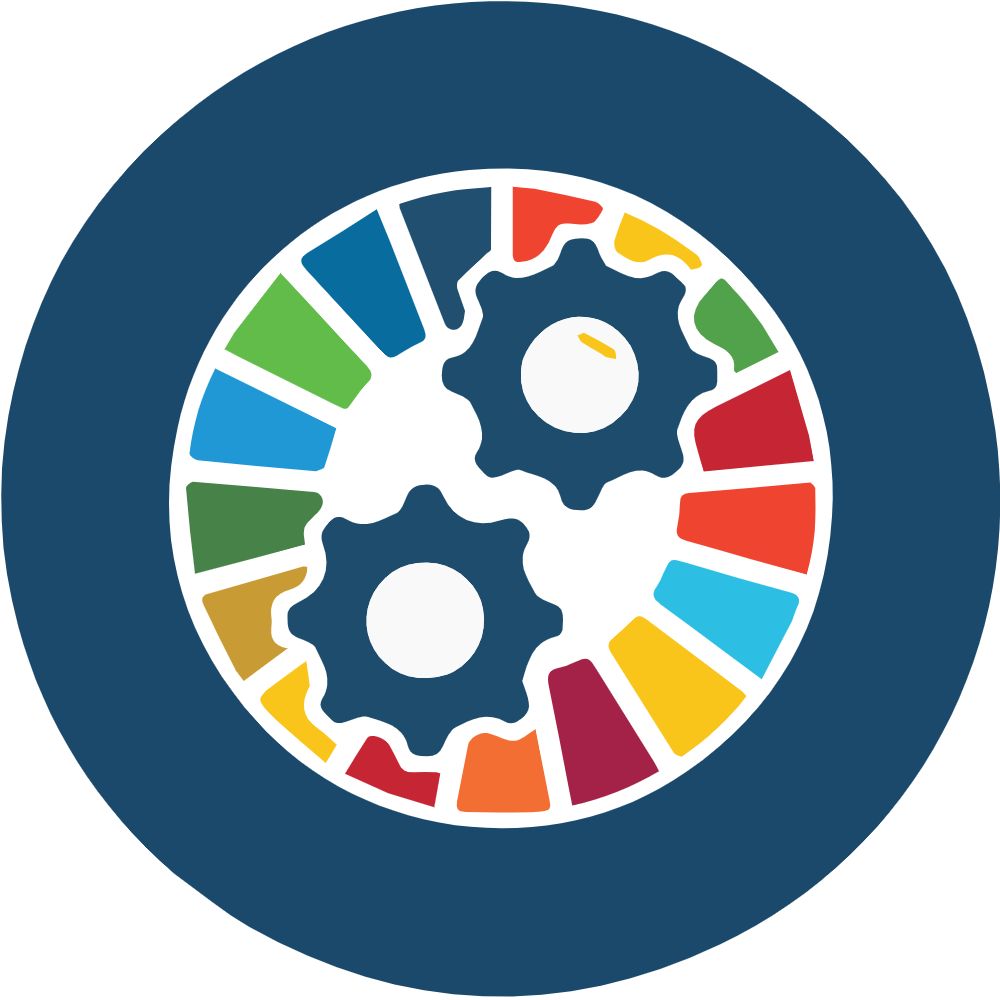Pouvez-vous fournir une brève description du projet, ses objectifs, et ses principales activités ?
Agriculture, forestry and land use change are important sources of Greenhouse Gases (GHGs) which contribute up to 24% of total emissions per year. The climate change mitigation potential for this sector is high. Many technical options are available and can be deployed immediately. This involves (j) reducing carbon dioxide emissions through the reduction of deforestation and forest degradation, the adoption of more sustainable agricultural practices, namely the reduction of tillage, the integrated management of inputs and water;(ii) reduce methane and nitrous oxide emissions by improving animal production, livestock manure management, more efficient management of rice irrigation systems and inputs; (ili) store
carbon through the use of conservation agriculture practices, improved management of forestry practices, afforestation and reforestation, improvement of pastures and restoration of degraded soils.
Mitigation options can also contribute to increasing food security and reducing rural poverty as 74% of the mitigation potential is in developing countries. Thus, many agricultural and forestry development projects can play an important role in mitigating climate change, whether by reducing emissions or by sequestering carbon. However, when formulating projects, methods that could help to integrate significant mitigation effects into agricultural and forestry development projects are lacking. The use of the Nationally Determined Contribution Expert Tool (NEXT) is of great importance to support annual environmental impact assessment.
Thus, as part of the Fifth Call for Proposals of the NDC Partnership Action Fund, the Food and Agriculture Organization of the United Nations (FAO) is organizing training to build the capacity of executives in the AFOLU and Energy sector. The training aims to provide participants with the necessary skills to use the NEXT tool, a greenhouse gas accounting tool developed by FAO to support annual environmental impact assessment for the Agriculture, Forestry and Other Land Use sector (AFOLU)The NEXT tool, developed by the FAO, is an example of a decision support tool. It provides a 30-year time series of annual and cumulated estimates of carbon removal and greenhouse gas emission reductions from actions determined by Parties in their climate policies
The main objective of the training is to build capacity related to carbon assessment in order to contribute to the implementation of the NDC

